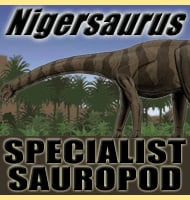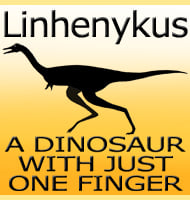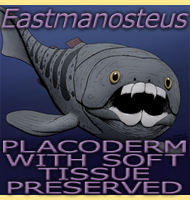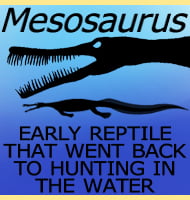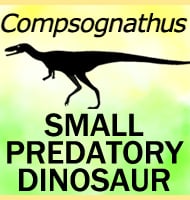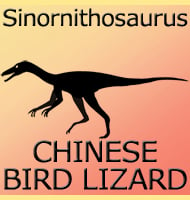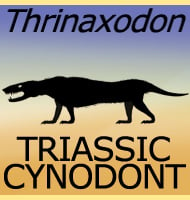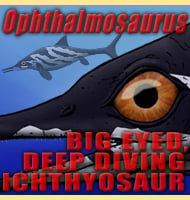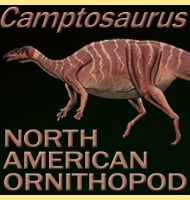In Depth
Eolambia was established after the remains of several individuals were found in the Carol Quarry of the Mussentuchit Member of the Cedar Mountain formation, so named after Carol Jones who first discovered the remains with her husband Ramal in 1992. The name Eolambia means ‘dawn Lambe’, a reference to the last name of the famous American palaeontologist Lawrence Lambe. Lambe also had the hadrosaur Lambeosaurus named after him, and this ties with Eolambia as well since this genus is considered a more primitive form of ornithopod dinosaur than Lambeosaurus. The type species name of Eolambia, E. caroljonesa is in further honour to Carol Jones. At the time of writing, the remains of at least eleven individual Eolambia are known to science, and between them most parts of the skeleton can be studied. However, because all of the known individuals are known by only partial remains, size estimates for Eolambia can vary between authors. At the time of its description, James Kirkland estimated the length of Eolambia at nine meters long, but in 2010, Gregory S. Paul estimated the length at six meters.
Eolambia was once considered to be a hadrosaurid, and the most primitive lambeosaurine at that. Today however it is now considered to be a hadrosauroid. For clarification, Hadrosauroids are members of the Hadrosauroidea, while hadrosaurids belong in the Hadrosauridae. Both of these groups are for the classification of large ornithopod dinosaurs, but the hadrosaurids are more developed (advanced in their physical development) than hadrosauroids. In addition to this, Eolambia has been considered to be closely related to Probactrosaurus.
Eolambia lived at a time and location that may have seen it living alongside armoured dinosaurs such as Peloroplites and Animantarx, other ornithopod dinosaurs like Tenontosaurus, and Zephyrosaurus, as well as sauropods like Abydosaurus. Predatory dinosaurs would have also been roaming around the early cretaceous habitats of Utah, and although so far only known from other members of the Cedar Mountains Formation, possible contenders for predators of Eolambia might include dinosaurs like the large dromaeosaur Utahraptor, to the even bigger carcharodontosaurid theropod Acrocanthosaurus.
Further Reading
- A large primitive hadrosaur from the Lower Cretaceous of Utah, J. I. Kirkland & D. Burge - 1994. - A new hadrosaurid from the upper Cedar Mountain Formation (Albian-Cenomanian: Cretaceous) of eastern Utah - the oldest known hadrosaurid (lambeosaurine?), J. I. Kirkland - 1998. - A reassessment of the phylogenetic status of Eolambia caroljonesa (Ornithischia: Iguanodontia), with comments on the North American iguanodontian record, J. J. Head - 1999. - Osteology of the Basal Hadrosauroid Eolambia caroljonesa (Dinosauria: Ornithopoda) from the Cedar Mountain Formation of Utah, A. T. McDonald, J. Bird, J. I. Kirkland & P. Dodson - 2012. – Anatomy, taphonomy, and phylogenetic implications of a new specimen of Eolambia caroljonesa (Dinosauria: Ornithopoda) from the Cedar Mountain Formation, Utah, USA. – PLOS ONE. 12 (5): e0176896. – A. T. McDonald, T. A. Gates, L. E. Zanno & P. J. Makovicky – 2017.

